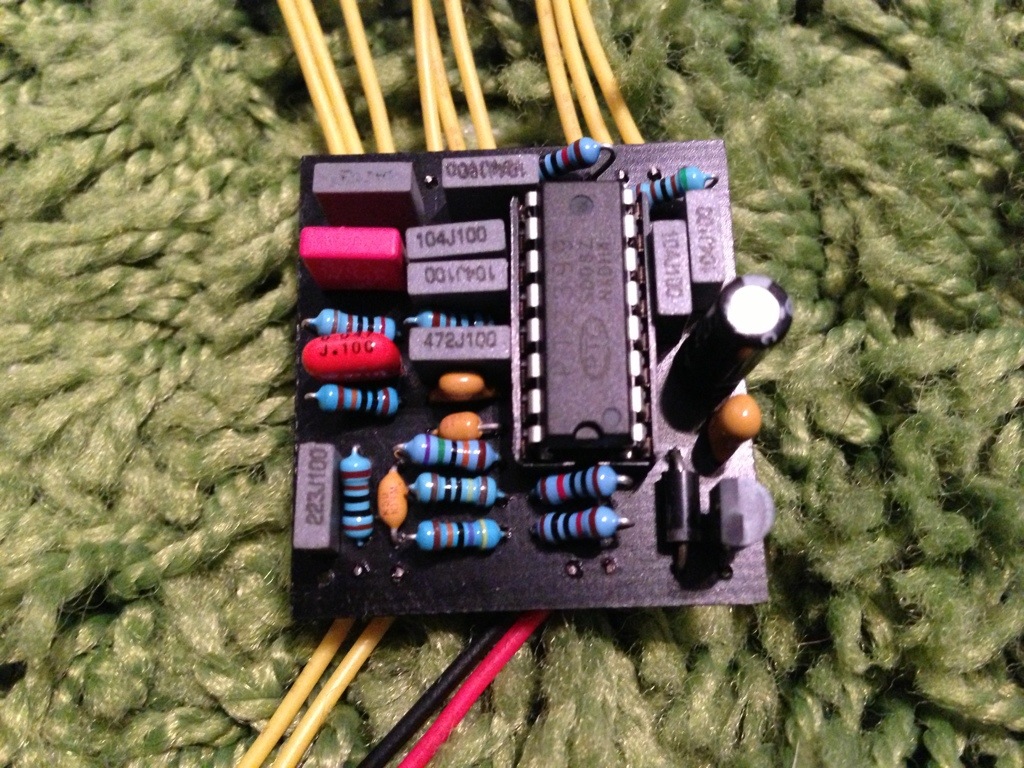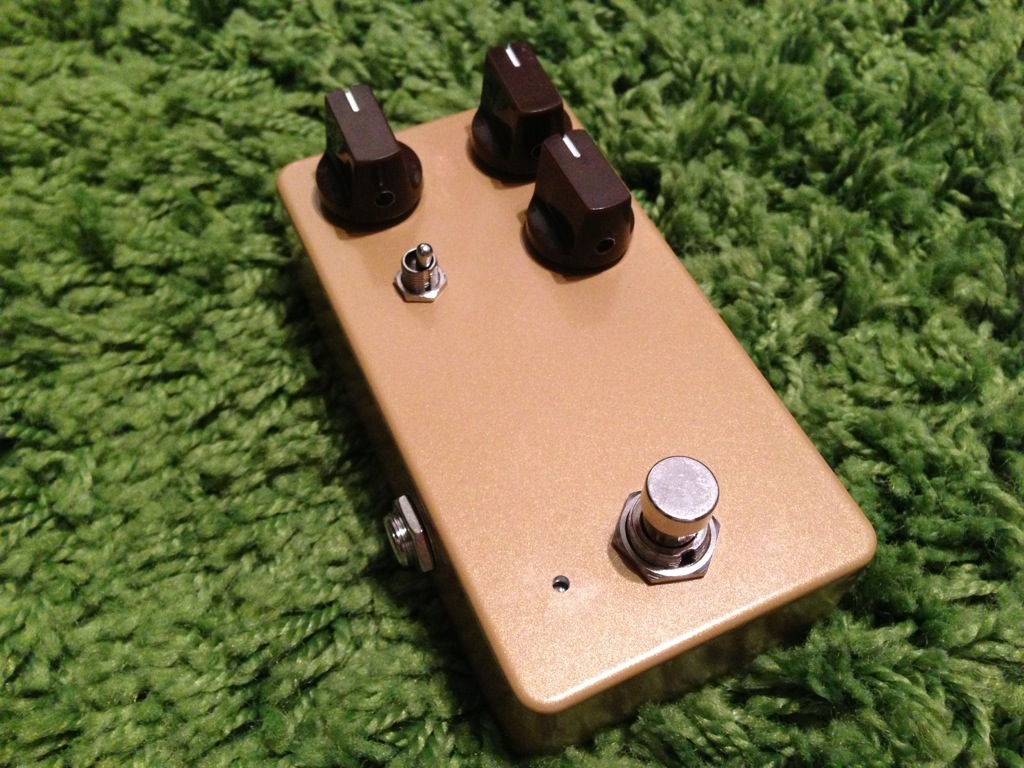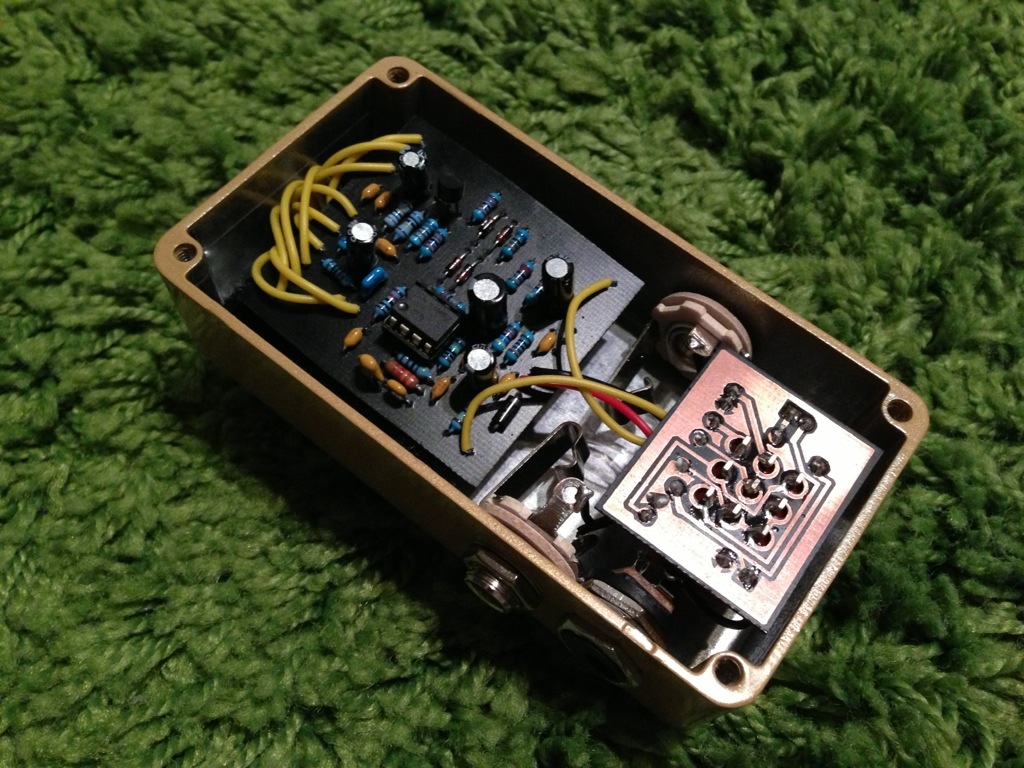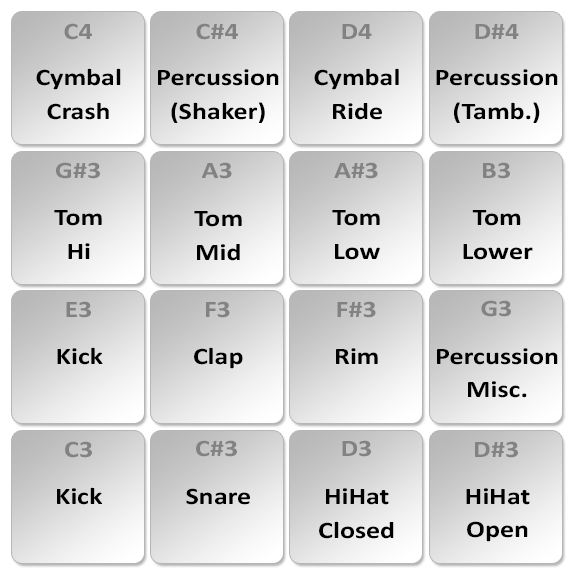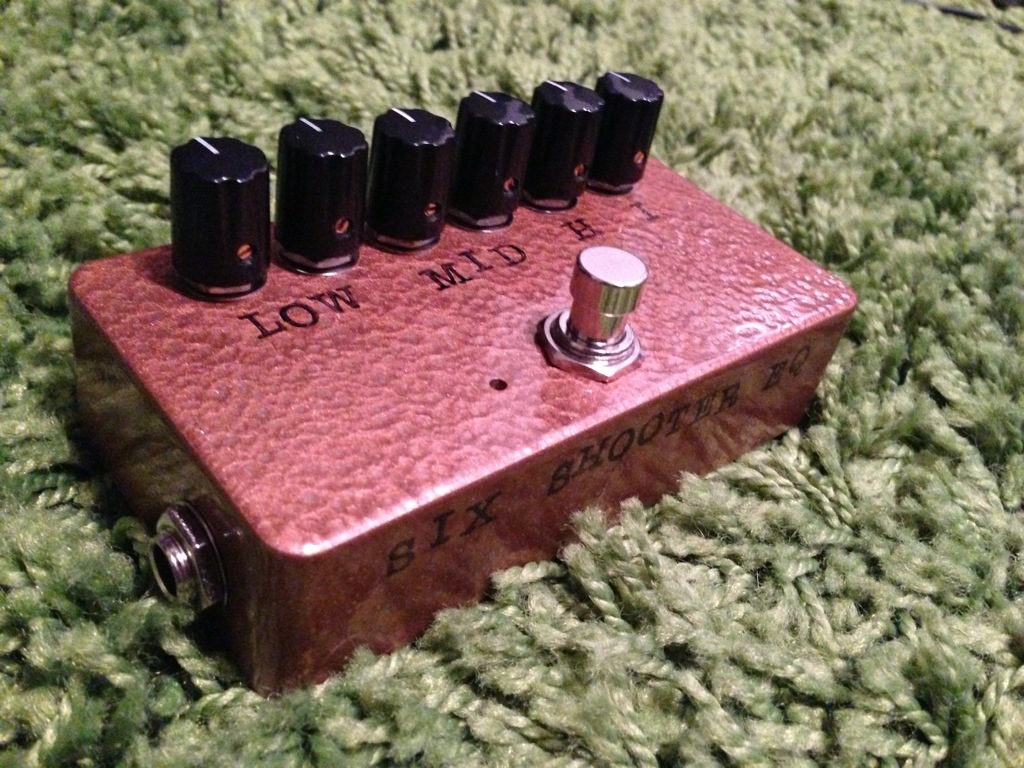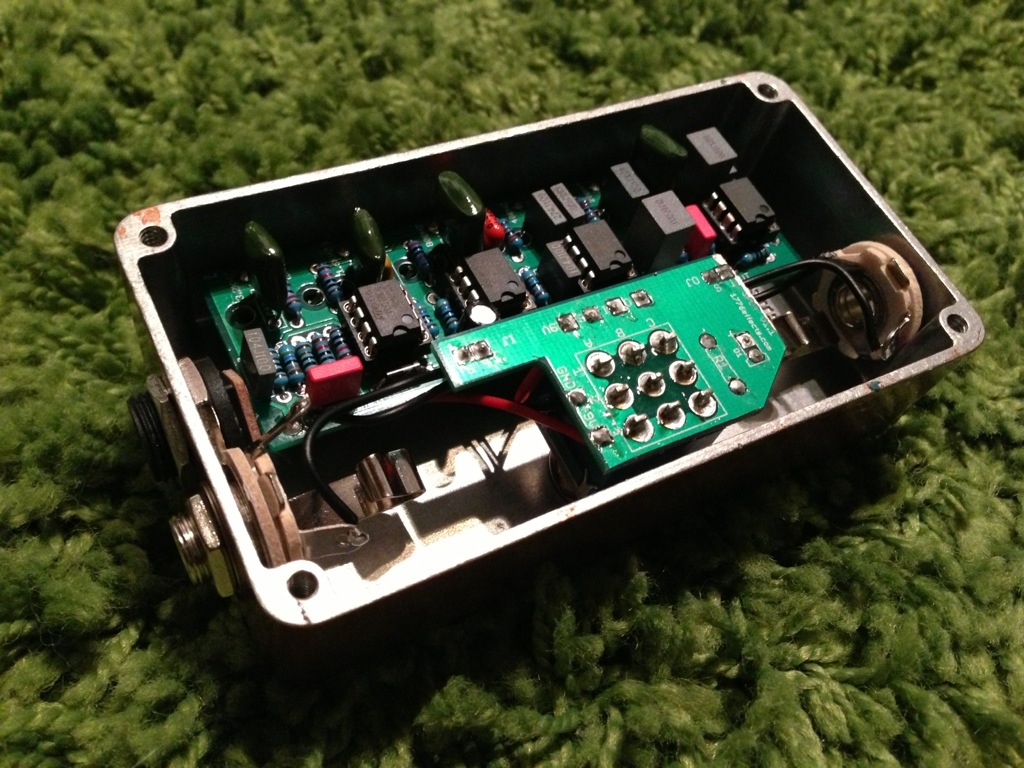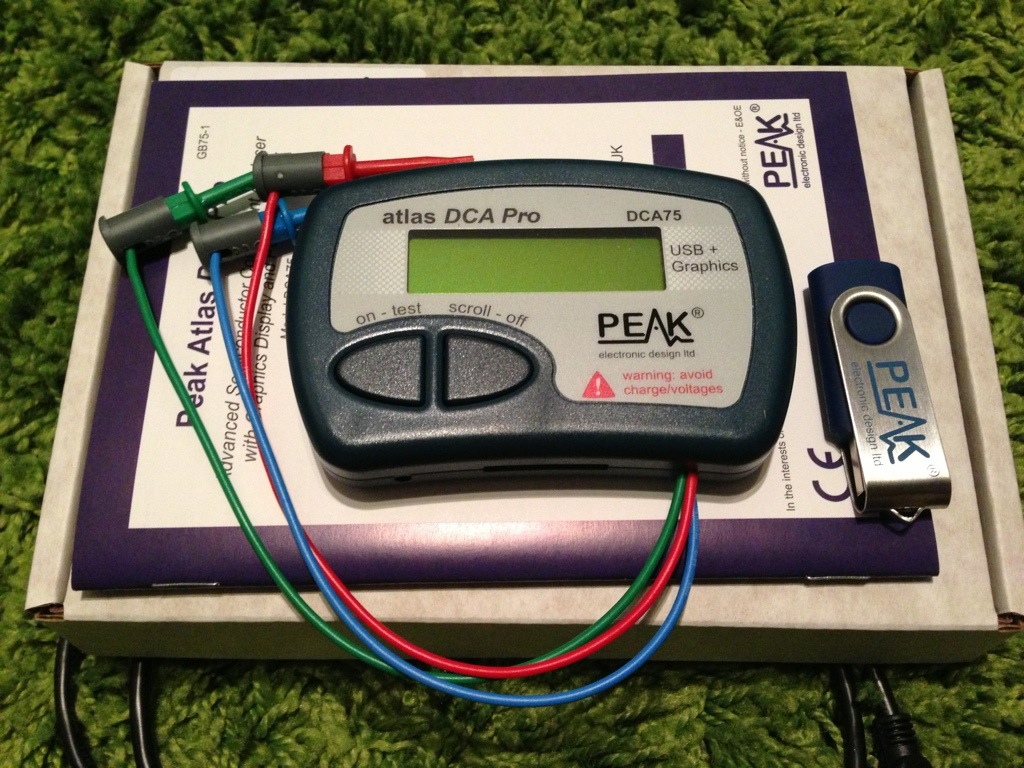I am working on a Bear Hug Compressor by Jon Patton for my Aunt. I was just about to box it up when I was finished testing it when I noticed it may be a little to subtle. I not sure how it is supposed to sound and compressors have got to be the hardest pedal to “test”. I ran across some tips that Jon posted over at Madbeanpedals forums.
You can verify if it’s working properly by probing the resistance between the source of Q3 and ground at idle and when it’s playing with the comp knob at max. It should jump up from ~300 Ohms to somewhere between 1K and 2K when playing, maybe higher on a hard strum. If not, then I have some suggestions.
Keep in mind that with a fast attack and recovery, it’s going to sound subtle pretty much no matter what. It was designed to prevent volume spikes and boost the signal, rather than for all-out squash or sustaining. However, the gain drop is pretty significant in practice at max compression (for comparison, it’s like turning the boost pot on a Thunderpuss halfway down and then back up again really quickly), even though it’s hard to hear it working.
He also states that his voltages on the transistors are as follows
Q1 is D: 7.8v, G: 2.8v, S: 2v
Q2 is C: 7.8v, B: 1.04v, E: .5v
So I need to get checking and see if this is first “working” and if its going to be to subtle for my Aunt.





